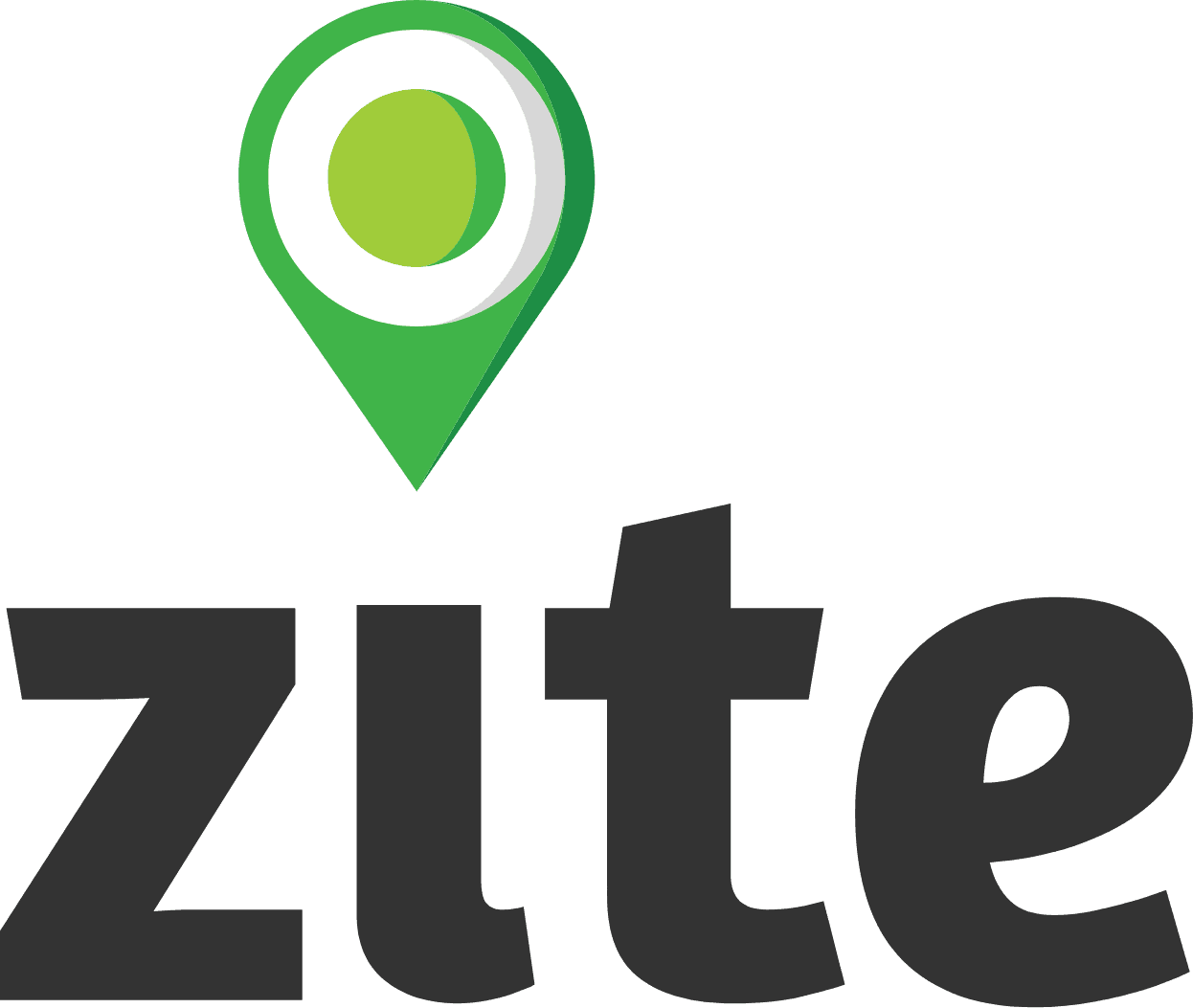Hold Your Team and Others to Account
Learn how IOM is using Zite Manager to provide individual responses to
thousands of pieces of community feedback, making the agency and
sector more effective and accountable.
Community Feedback Mechanisms are the humanitarian equivalent of a private sector customer relation mechanism (CRM), or your local government’s pothole app. They provide affected communities (our customers) a way to report problems and provide feedback about humanitarian assistance. However, all feedback has a life span: it needs to be collected, referred, and responded to in time to actually solve the problem being reported. If someone reports that the water pump in their area is broken, it doesn’t help them if that problem is responded to 6 months later. The reality in most humanitarian responses has been that when people report feedback to a CFM, many problems take weeks to solve, while others are never addressed at all. For the agencies responsible, finding ways to sort, assign, and respond to issues, while new reports are continually coming in, has been one of the hardest challenges to solve – leading to the perception among many that humanitarian agencies are indifferent or non-responsive.
In the Rohingya Refugee Crisis Cox’s Bazar, the problem became almost totally unmanageable. Many months, IOM Site Management teams and their partners received over 15,000 pieces of feedback, all of which needed to be assessed, sorted, and referred to different agencies to provide a response. In reality, most issues were never followed up on.
Zite Manager was designed and deployed to help automate and manage the collection, referral, and follow-up of community feedback. The collection process was standardized in the Zite Manager application in ways that helped categorize each piece of feedback, and automated workflows were used to assign, respond to, or otherwise manage each issue. Each week, a list of automatically compiled issues was generated and referred to the responsible agencies and actors. As issues were dealt with, front-line staff were also automatically assigned tasks in the application to follow-up with the person who had reported a problem.
Across the response, the use of Zite Manager not only made it easier to manage pieces of feedback, but the tool generated data that provided new levels of analysis and transparency. Through custom reports and dashboards built off of them, IOM was able to identify what percentage of feedback had been responded to, which individual staff or agencies were more or less effective, and what kinds of issues were most commonly reported in the camps. This data is valuable not just for being interesting, but because it is immediately actionable. With this kind of information managers and leaders can focus time and efforts to improve response where it is most lacking, thus improving the overall effectiveness of the response.
The model for using Zite Manager as a community feedback mechanism has been so successful in Cox’s Bazar, IOM has expanded it across more nine more responses (and counting). In 2024 alone, Zite Manager helped receive and process over 204,000 pieces of feedback -- collected by 170 team members across 2,313 sites -- and provide over 100,000 individual follow-ups. With this model, and technology, IOM is setting a new standard for how humanitarian responses can be effective and accountable to the populations we serve.
“Some problems are too large to solve without a dedicated software solution. The private sector has paved the way on productivity solutions and humanitarians should follow in their footsteps. With Zite Manager, there is now an open-source solution for all humanitarians to use to build better processes for their programs and hold large teams and complex problems to account.”
— Communication with Communities Coordinator, Bangladesh


